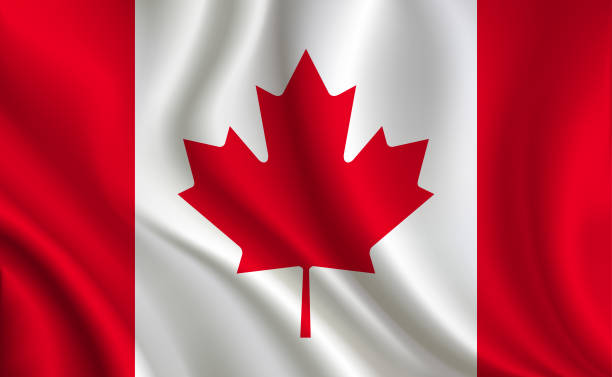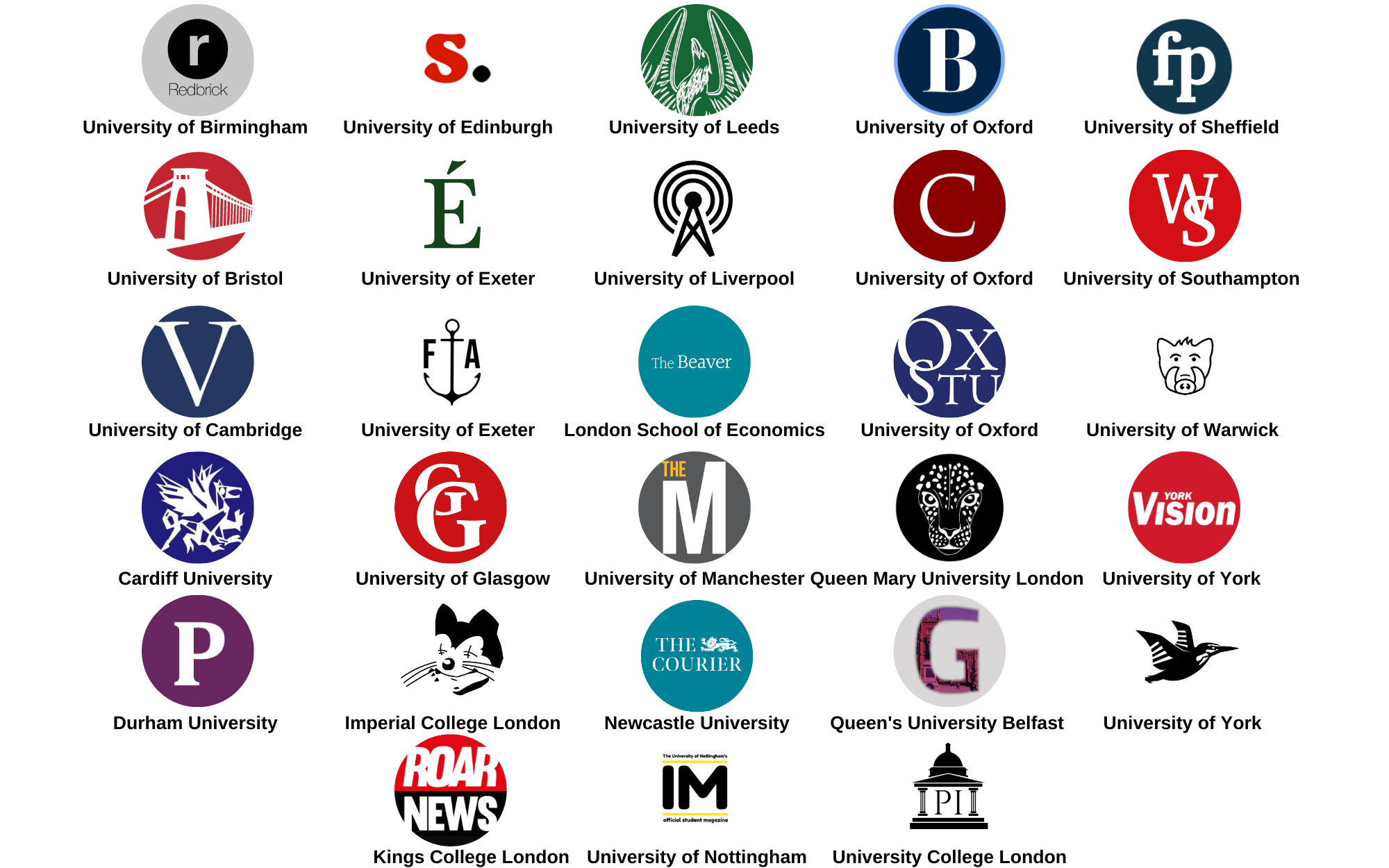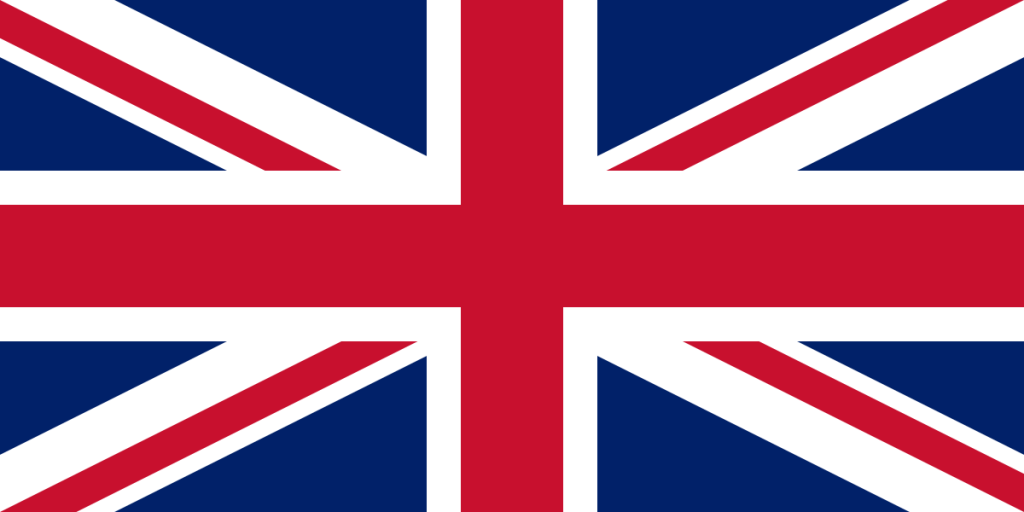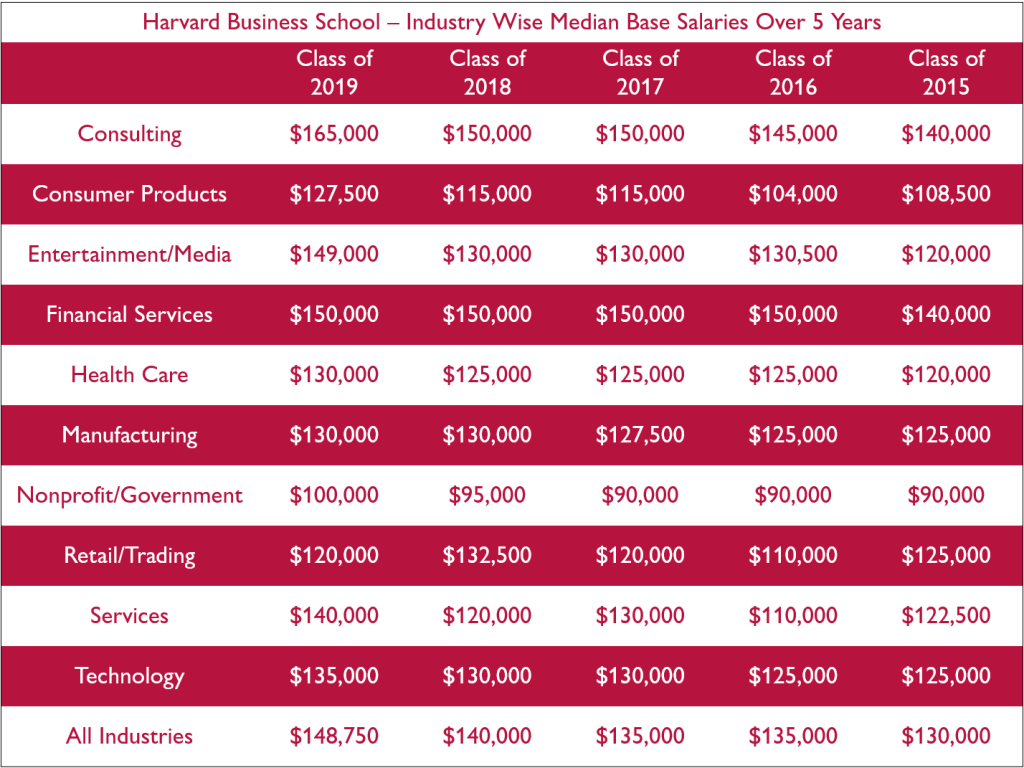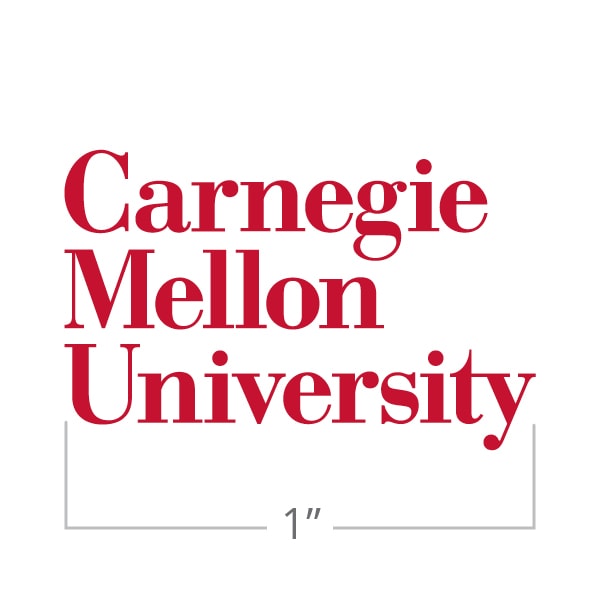Understanding the grading system in Canada for Indian students is crucial for academic success.
Canadian university grading systems can differ from what you’re used to in India.
This blog explains how grades work in Canada for Indian students, including GPA, CGPA to percentage conversion, and more. Here’s what you need to know!
Overview of Grading System in Canada

Canadian universities use a variety of grading scales, but the most common are letter grades (A–F) and GPA (Grade Point Average).
- Letter Grades: A (Excellent), B (Good), C (Average), D (Pass), F (Fail)
- GPA Scale: Usually on a 4.0 or 4.3 scale
Example: An “A” typically equals 4.0, while a “B” is 3.0.
Regional Variations
While the above system is widely used, some provinces or institutions may use different grading scales, such as a 10-point or percentage-based system.
For example, Quebec universities often use a percentage system, and some colleges may use descriptive grades like “Excellent” or “Satisfactory.” Always check your university’s grading policy for specifics.
Course Syllabus
Each course syllabus will outline the grading breakdown, showing how much each assignment, test, or project contributes to your final grade. This helps you plan your study schedule and prioritize tasks.
GPA System in Canada for International Students
- 4.0 Scale: Most universities use this, where 4.0 is the highest.
- 4.3 Scale: Some institutions use a 4.3 scale, with A+ as 4.3.
- Pass/Fail: Some courses may be graded as pass/fail.
| Letter Grade | Percentage | GPA (4.0 Scale) |
| A+ | 90–100 | 4.0 |
| A | 85–89 | 4.0 |
| B+ | 80–84 | 3.3 |
| B | 75–79 | 3.0 |
| C+ | 70–74 | 2.3 |
| C | 65–69 | 2.0 |
| D | 50–64 | 1.0 |
| F | Below 50 | 0.0 |
GPA Calculation
Your GPA is calculated by multiplying the grade points for each course by the number of credits, adding them up, and dividing by the total number of credits taken.
This cumulative GPA is used to assess your academic standing and eligibility for honors or scholarships.
Academic Standing
Maintaining a minimum GPA (often 2.0 or higher) is required to stay in good academic standing.
Falling below this threshold may result in academic probation or even dismissal from the program.
Canada Grading System CGPA to Percentage Conversion

Many Indian students need to convert their Canadian CGPA to percentage for job or further study applications.
Conversion formula
Percentage = (CGPA/4.0) × 100
Example
If your CGPA is 3.2 on a 4.0 scale, your percentage would be (3.2/4.0) × 100 = 80%. However, some employers or institutions may use their own conversion standards, so it’s best to confirm your university’s official conversion method before submitting your scores.
You Might Also Like: How To Survive Winters In Canada
Breaking Down Grading System in Canada for Indian Students
- Continuous Assessment: Grades are based on assignments, quizzes, midterms, and finals.
- Participation: Class participation and attendance can impact grades.
- Academic Integrity: Plagiarism or cheating can result in severe penalties.
Fun fact: Canadian universities value critical thinking and original work over rote memorization.
Assignment Weighting
Each course may have a different grading structure.
For example, assignments might count for 30%, midterms for 20%, and the final exam for 50%.
Group projects and presentations are also common and contribute to your final grade. Many courses include group projects, which are graded both on group performance and individual contribution. This helps develop teamwork and communication skills, which are highly valued in Canadian education.
Also note
- Grade Appeals: Students can appeal grades if they believe there’s an error.
- Transcripts: Official transcripts show all courses and grades.
- Honors: High GPA can earn you honors like Dean’s List.
Dean’s List in Canada Grading System
Achieving a GPA above a certain threshold (often 3.5 or higher) in a semester can place you on the Dean’s List, a recognition of academic excellence.
Decode Your Canadian Grades
Understanding the Canadian grading system helps you set realistic goals and track your progress.
For more tips on studying in Canada, visit Admitix and get expert advice for Indian students.
FAQs
A. GPA is a numerical representation of your academic performance, usually on a 4.0 or 4.3 scale, while percentage is a direct score out of 100.
Canadian universities primarily use GPA, but you can convert it to percentage, if needed for Indian applications.
A. Most Canadian universities issue transcripts with letter grades and GPA.
However, you can request an official letter explaining the grading system or a conversion formula, which can help Indian employers or institutions interpret your results.
A. If your GPA drops below the minimum threshold (often 2.0), you may be placed on academic probation.
You’ll need to improve your grades in the following term to remain enrolled in your program.
A. No, grading standards can vary by province and institution. Some use a 4.0 scale, others a 4.3 scale, and some use percentage or descriptive grades.
Always check your university’s specific grading policy.
A. Yes, in many Canadian courses, class participation, attendance, and group work can contribute to your final grade. Active engagement is encouraged and often rewarded in the grading structure.
